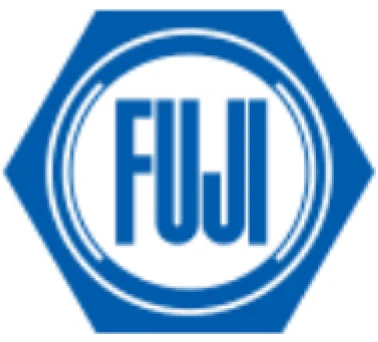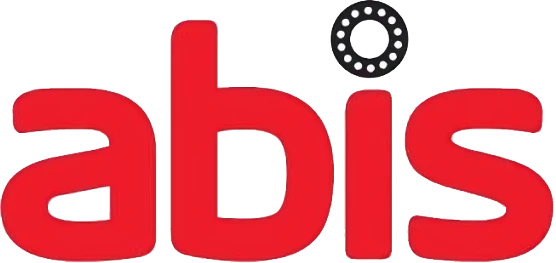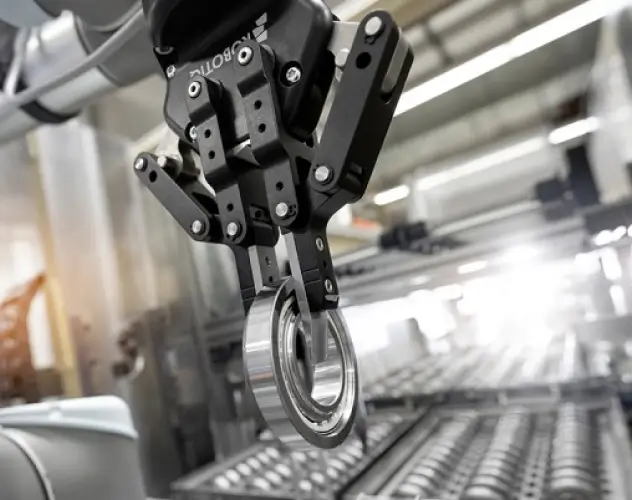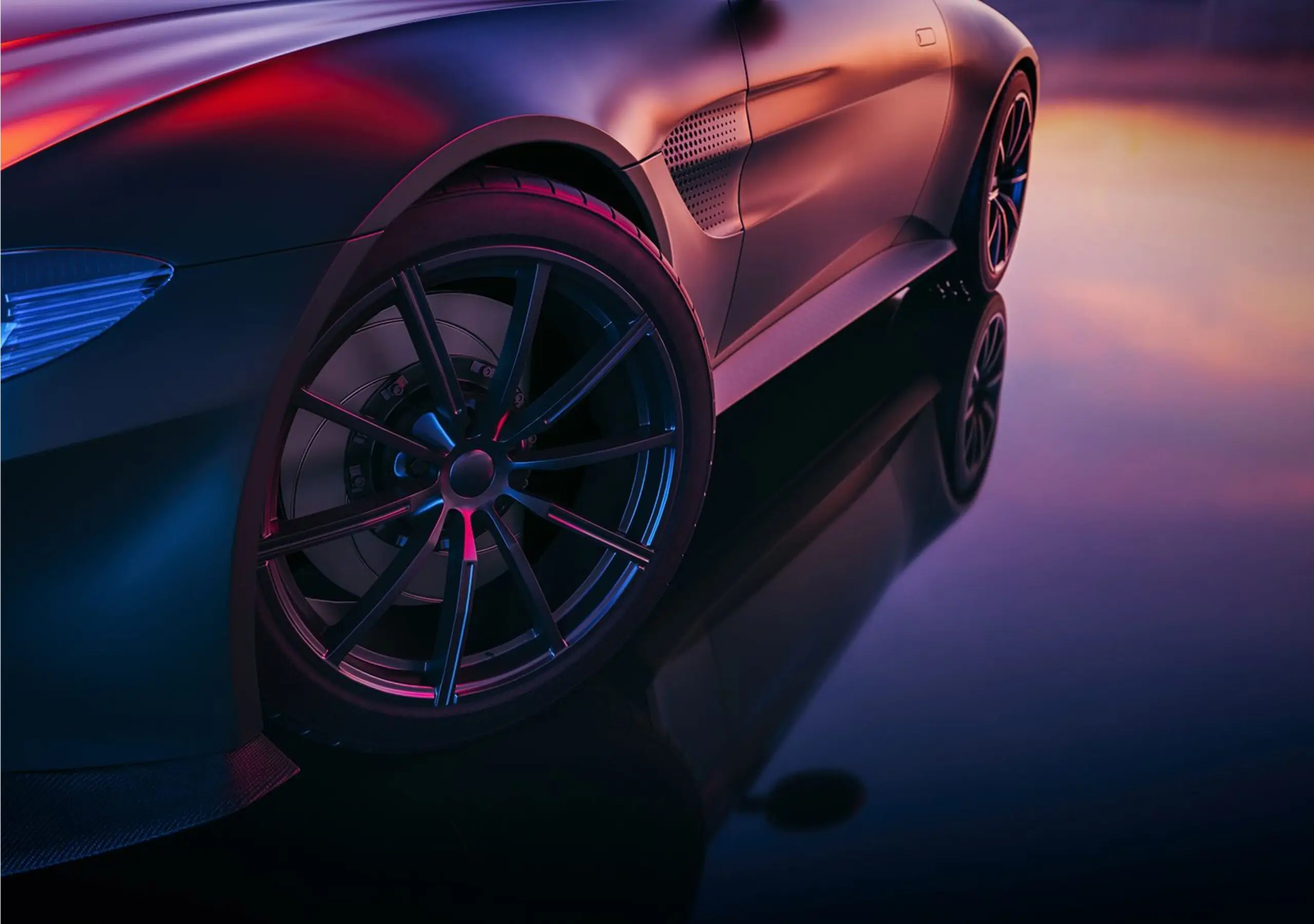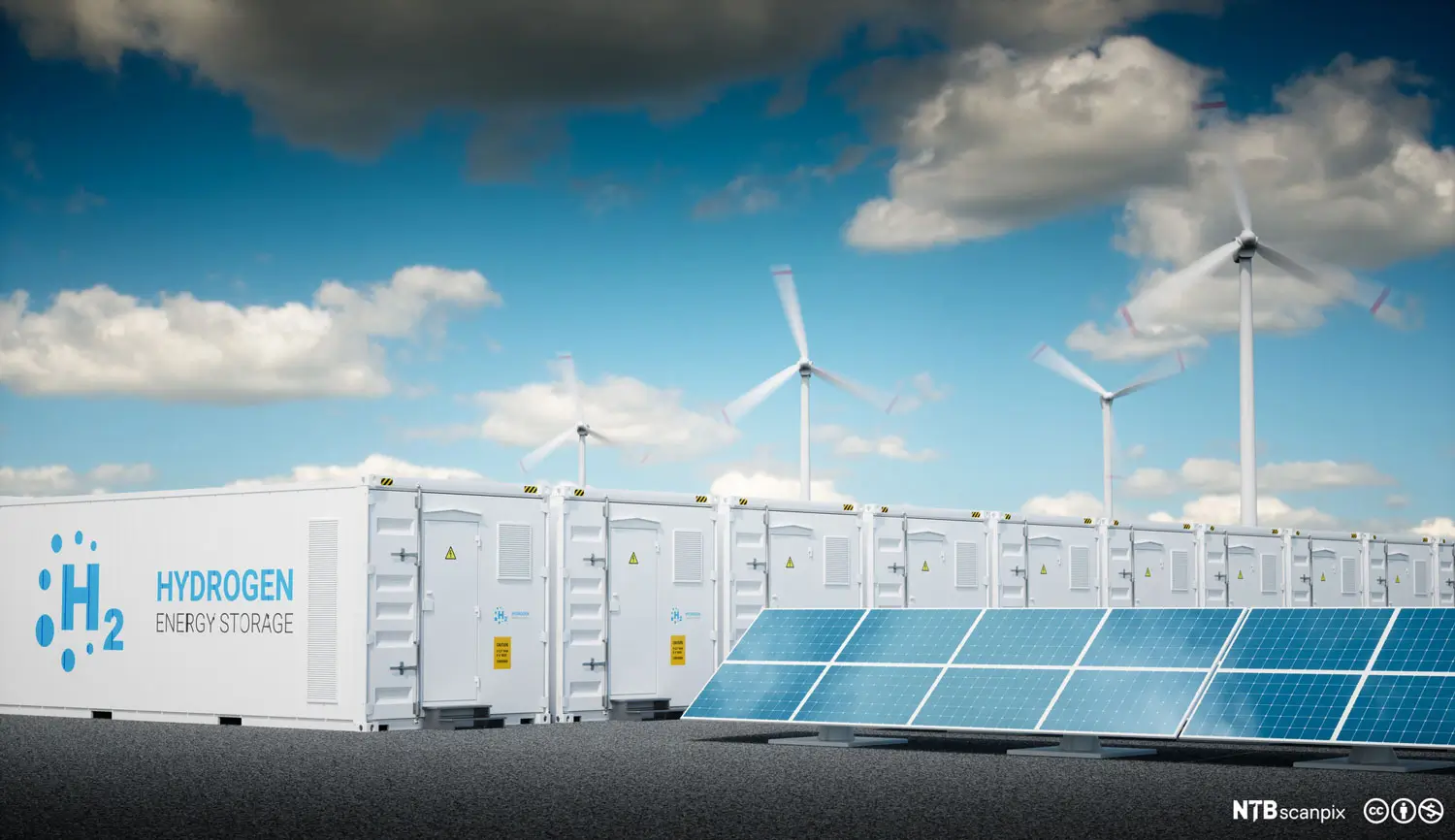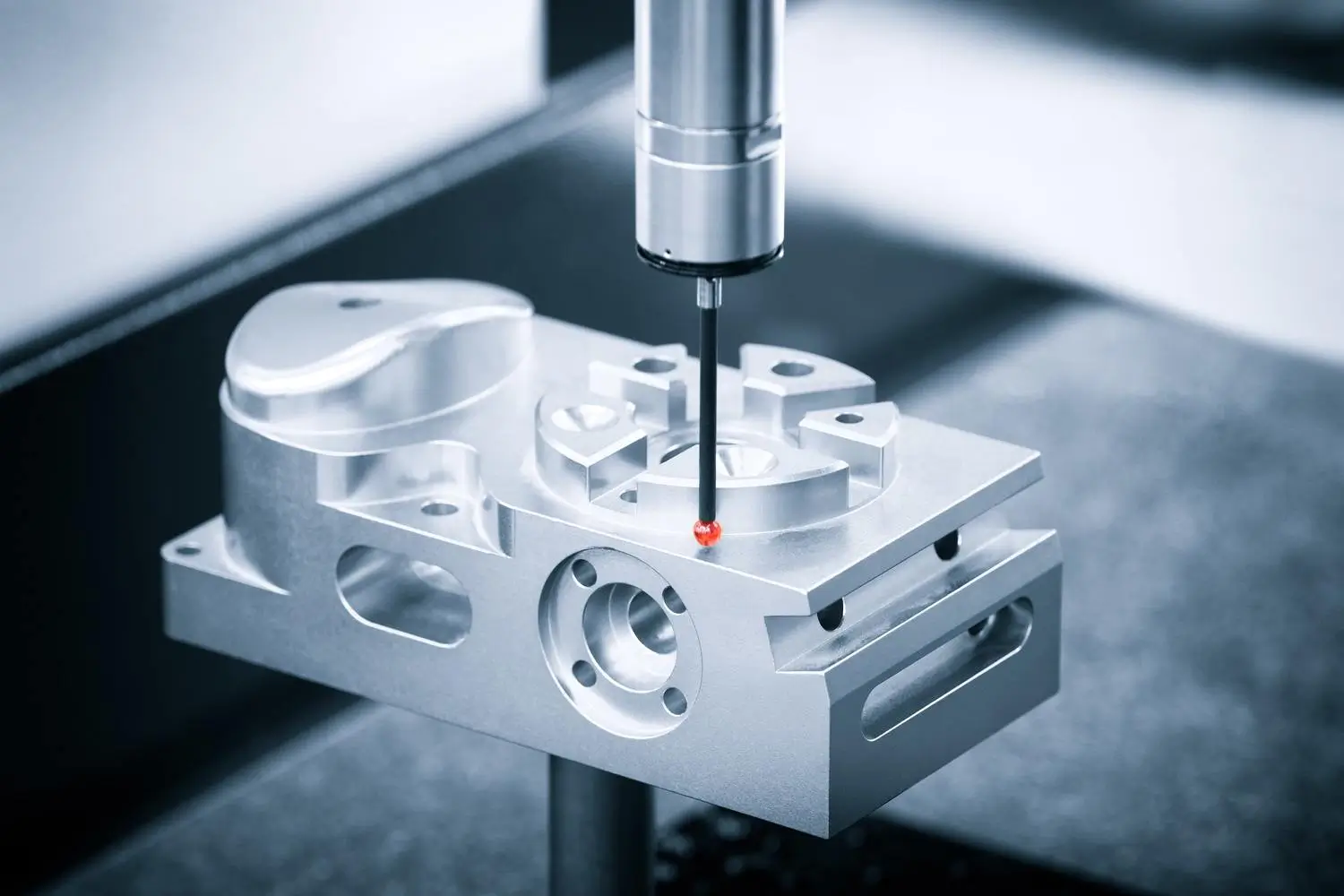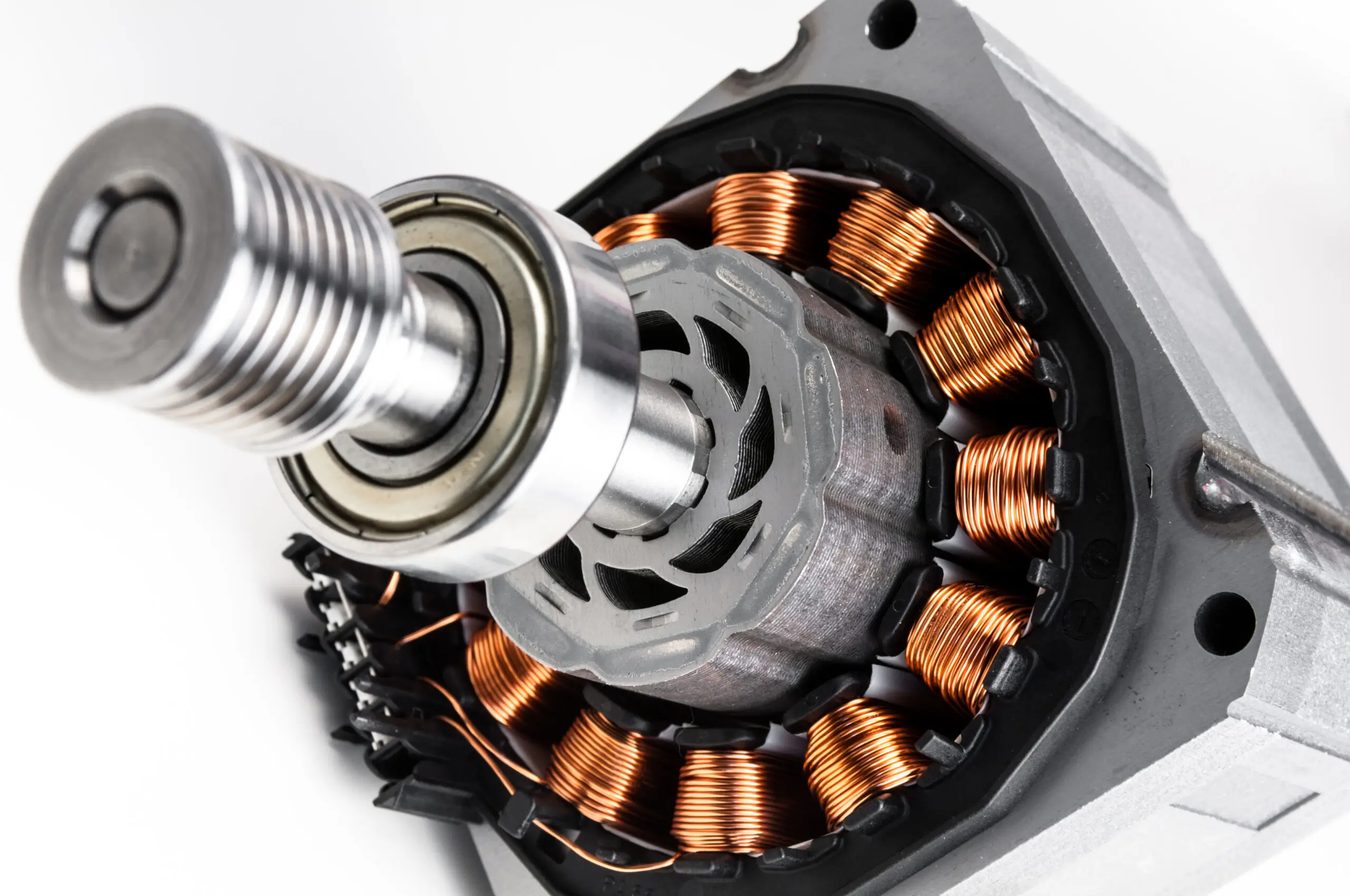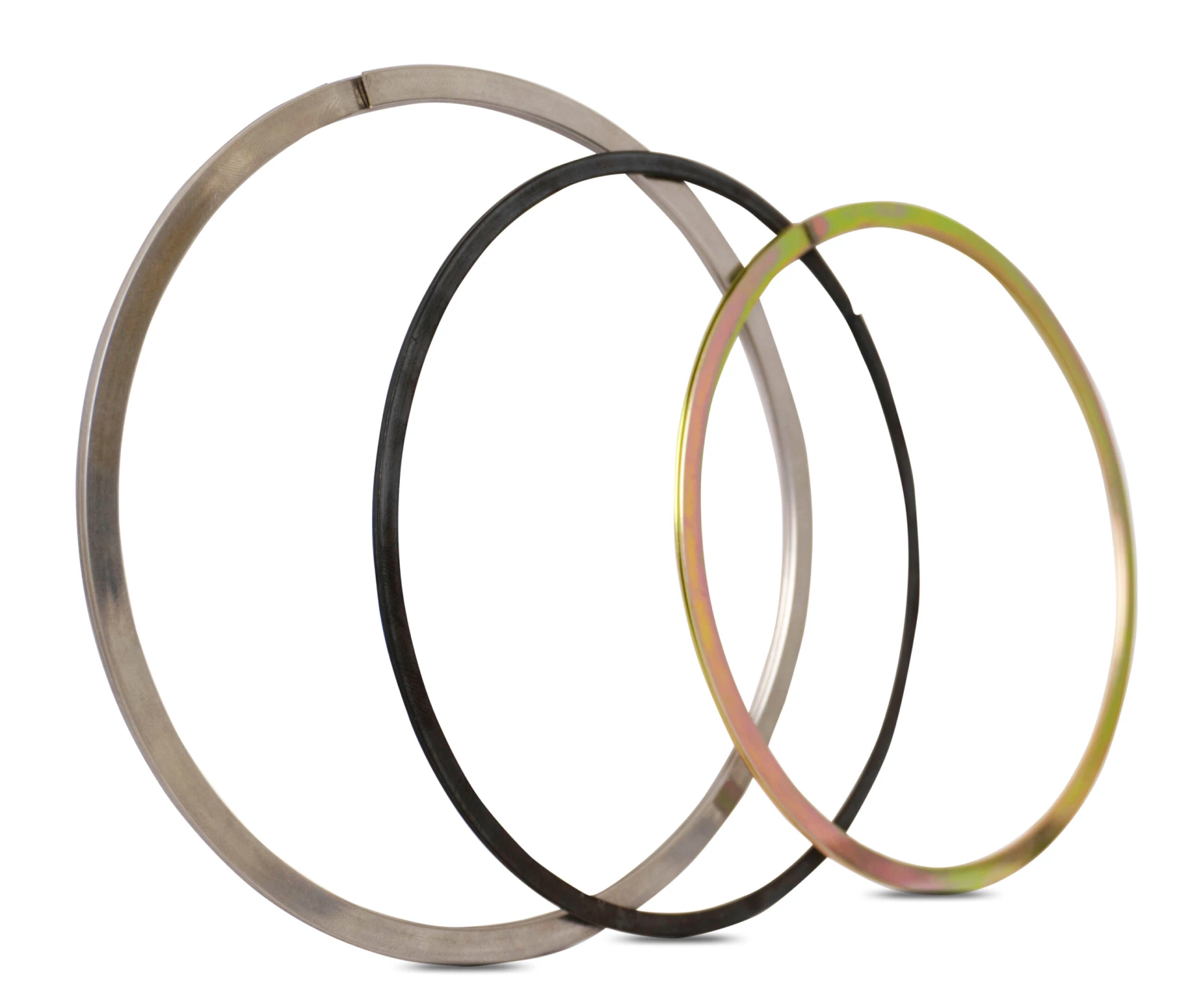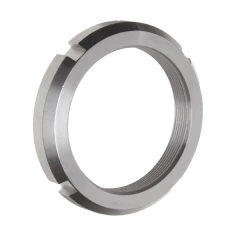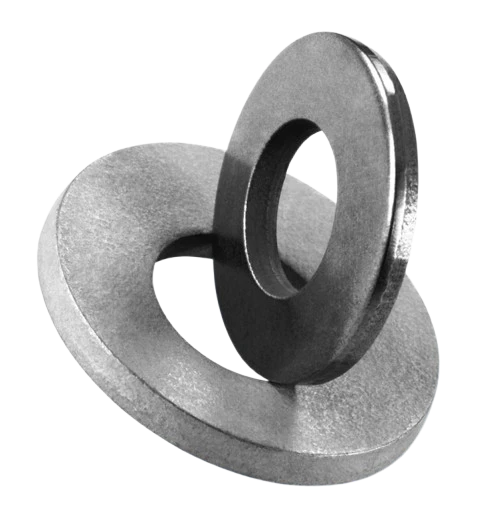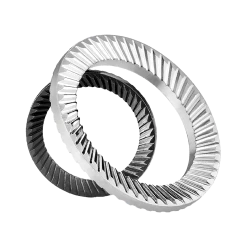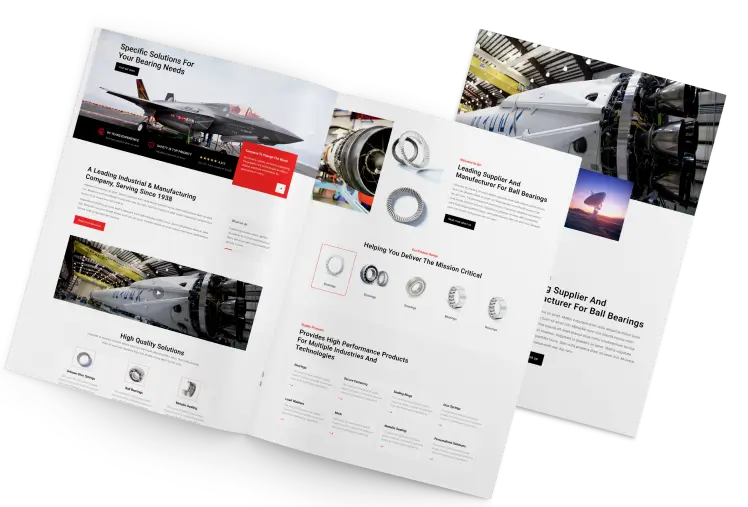RBC Thin Section Ball Bearings
CUSTOM FEATURES
RBC thin section ball bearings are engineered to solve a variety of design problems that cannot be solved with conventional ball bearings.
General Information
CUSTOM FEATURES
Materials
The standard bearings have SAE 52100 steel rings and balls. RBC Thin Section Ball Bearings can be manufactured from other specialty bearing steels to provide corrosion resistance, high temperature capability, alternative load capacity or chemical compatibility.
- Rings – RBC has manufactured thin section ball bearings from SAE 440C stainless steel to provide corrosion resistance. As an alternative to stainless steel rings, the entire surface of the rings can be plated with nodular thin dense chrome (TDC). This plating, which meets AMS 2438, achieves a molecular bond that will not flake, peel or separate from the base material. The TDC plate has a hardness of HRC 70 – 78 and can withstand temperatures well beyond the range of the base material. Special RBC Thin Section Ball Bearings have been manufactured from Aluminum, 300 Series Stainless Steel, 17-4 Stainless Steel, and other metals.
- Balls – Some special ball materials available include 440C Stainless Steel, 300 Series Stainless Steel, Silicon Nitride and M-50 Steel.
Lubrication
Many different lubricants are available for special applications. Greases which are designed specifically for high speed, low torque, water resistance, high temperature, oscillatory motion and food machinery can be provided. Additional lubricants, such as dry film, are suitable for use in vacuums and space applications.
Sealing
Standard seals for thin section ball bearings are molded from elastomers (Buna N). Polytetra-flouroethylene (PTFE) seals, fiber glass reinforced PTFE seals, stainless steel shields and many other options are available for low torque and other special applications.
Radial Play
The radial play (diametral clearance) of a thin section ball bearing will need to be predetermined if mounting fits other than those recommended are used. Special radial play may be required for a temperature differential across the bearing, for housing and shaft materials that have different coefficients of thermal expansion, or to change operating characteristics of the bearing. Radial preloaded bearings are measured to meet bore and O.D. tolerances prior to pre-load.
Pre-loading of Duplex Bearings
Standard duplex bearings are ground so that there will be a light axial preload induced on the bearing at nominal conditions. In some applications increased bearing stiffness may be required. In these cases the duplex grinding can be done such that a heavier axial load is induced in the mounted bearing. This load can be increased or decreased to meet the requirements of a particular application. Consult us for special requirements.
Mounting Features
Mounting features, such as flanges, anti-rotation tabs and mounting holes can be incorporated on the inner and outer rings. Mating parts, such as gears and housings, may be integrated into the bearing rings for improved performance and cost.
Separators
Standard RBC Thin Section Ball Bearings, KA through KG and JU series, are manufactured with brass separators. The KAA series contains nylon separators. The A-Type bearings contain one-piece circular pocket separators, while the C and X-Types have snap-over separators. The four basic separator materials are brass, nylon, phenolic and stainless steel.
The graph below schematically illustrates the effects of cage design and material on bearing performance. For example, the one piece circular pocket design may reach roughly two times the speed of the snap-over design.
Likewise, a brass separator design will generate more torque and withstand high temperatures than a phenolic separator. Exact speed limits depend on bearing size, bearing type, lubrication and loading. Specific material advantages and limitations are illustrated below. For assistance in selecting the appropriate separator for special applications please contact us.
Schemetic Illustration of effects of cage design and material on bearing torque, speed and temperature

Maximum speed for snap-over cage design



